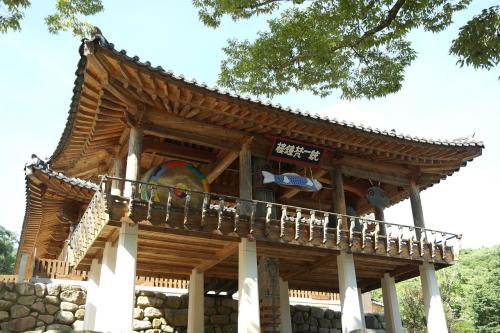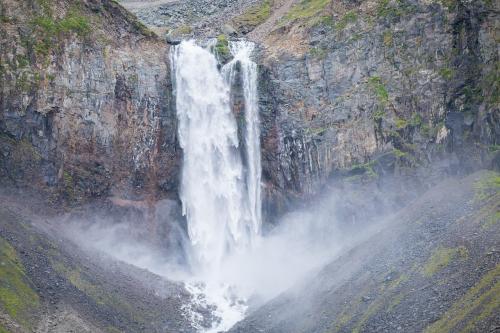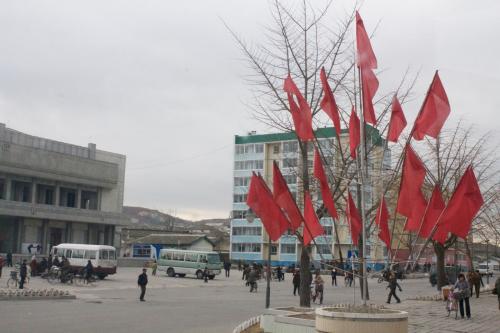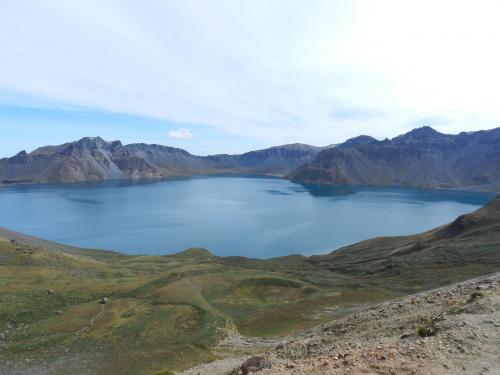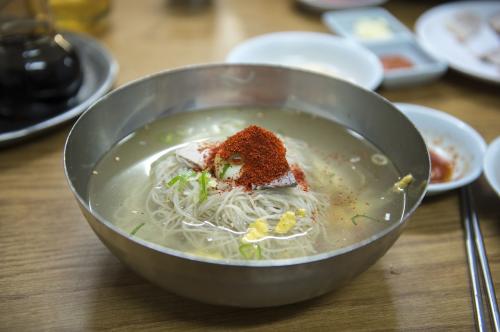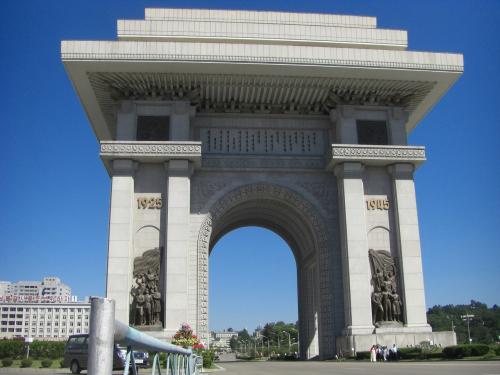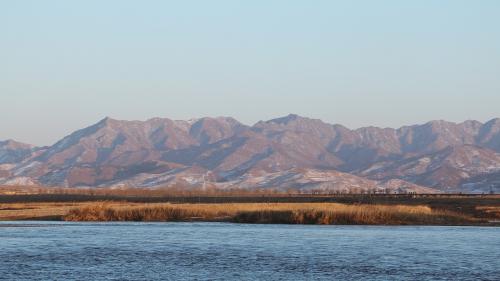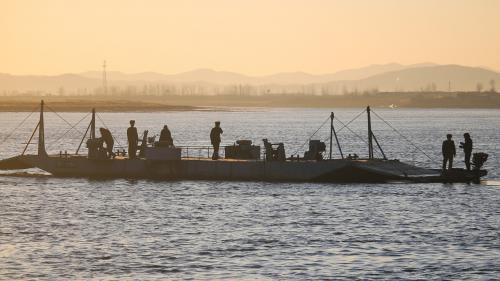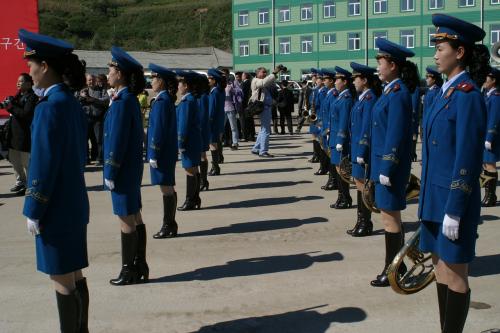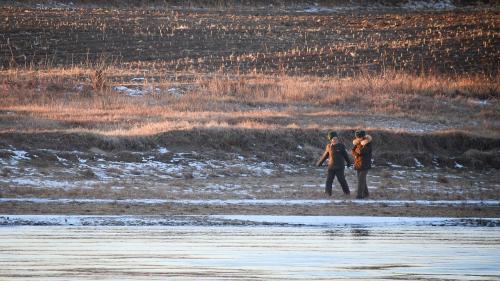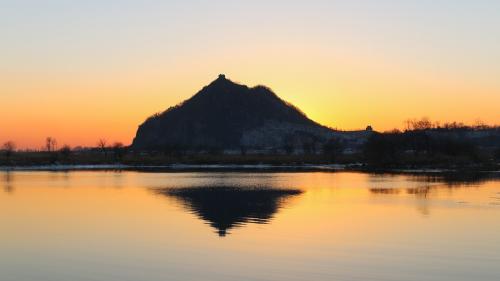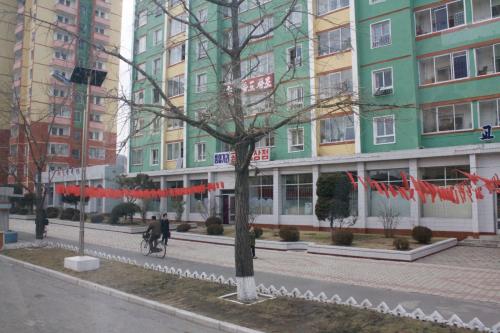Seasons in North Korea (DPRK)
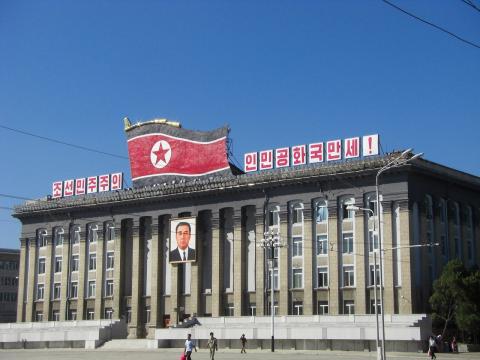
The Democratic People's Republic of Korea is the country in eastern Asia between China and The republic of Korea. It occupies northern half of the Korean Peninsula and washed by the Seas of Japan from East and the Yellow Sea from West.
Relief of the country is mostly mountainous with plenty valleys and ravines. There is plain part of territory in south-western corner of part of the peninsula controlled by North Korea.
Altitude related variations of weather are true for 80% of territory of the country. DPRK has tropical monsoon climate with pronounced seasonal variations of climate. Winters are usually cold and dry while summers are hot and damp. Climate of the country is pretty cold due to significant area of mountains. Influence of warm Yellow Sea is minor.
Seasons
Contents:
Spring in North Korea
Spring in North Korea begins in late March and lasts for two next months. It is the time of rapid changes. In first spring month snow melts and blooming and vegetation season starts. By April almost of numerous North Korean rivers are free from ice. In general spring weather in North Korea is acceptable except frequent morning fogs and so called “yellow winds”. Those are tight winds that drive dust from Manchuria.
Temperature reaches range below freezing in March and then gradually grows to 22 °C (71 °F) in mountains and 25 °C (77 °F) on costs in May. Also in May pacific monsoons drive clouds to the country so last spring month isn’t very sunny. In terms of weather conditions May is the best time to visit the country.
Climate of the Spring Months
| March Max average t°: +7 °C (45 °F) Min average t°: -3 °C (27 °F) Sundial in the day: 8 hours Rainy days: 4 days Precipitation: 25 mm (1.0") |
| April Max average t°: +16 °C (61 °F) Min average t°: +3 °C (37 °F) Sundial in the day: 8 hours Rainy days: 5 days Precipitation: 45 mm (1.8") |
| May Max average t°: +22 °C (72 °F) Min average t°: +9 °C (48 °F) Sundial in the day: 9 hours Rainy days: 7 days Precipitation: 65 mm (2.5") |
(Pyongyang)
Spring Holidays
March 2 – Tree Planting Day.
March 8 – International Women’s Day.
April 15 – Day of the Sun (Kim IL Sung’s Birthday).
April 21 – Kang Pan-sok’s Birthday.
April 25 – Military Foundation Day.
May 1 – Labor Day.
Summer in North Korea
In June heat comes to the country. In Pyongyang temperature reaches 27 °C (80 °F) at afternoon and drops to 17 °C (62 °F) at night. Following months are even hotter. Daily averages of August are in range between 29 °C (84 °F) and 20 °C (68 °F). Unlike June, July and August are much damper due to influence of anticyclones of northern Pacific. High humidity, frequent rains and heat form oppressive weather.
On the other hand July and August are only months when coastal waters in North Korea are warm enough for comfortable swimming. Day to night temperature rage is wide in summer too, so visitors should be prepared for cooling at night.
Climate of the Summer Months
| June Max average t°: +26 °C (79 °F) Min average t°: +15 °C (59 °F) Sundial in the day: 9 hours Rainy days: 7 days Precipitation: 75 mm (2.9") |
| July Max average t°: +29 °C (84 °F) Min average t°: +20 °C (68 °F) Sundial in the day: 7 hours Rainy days: 12 days Precipitation: 235 mm (9.2") |
| August Max average t°: +29 °C (84 °F) Min average t°: +20 °C (68 °F) Sundial in the day: 7 hours Rainy days: 10 days Precipitation: 230 mm (9.0") |
(Pyongyang)
Summer Holidays
June 6 – Korean Children’s Union Foundation Day.
July 3 – Day of the Strategic Forces.
July 27 – Day of Victory in the Great Fatherland Liberation War.
August 15 – Liberation Day
August 25 – Day of Songun.
Autumn in North Korea
September has one of the most pleasant types of weather in a year. It isn’t as rainy and hot as previous months. Daily temperature range in Pyongyang is in range of 25-14 °C (77-57 °F) while in mountains it is much colder with daily temperatures of 18-7 °C (64-44 °F). Similar temperature occurs in the capital in October when Korean forests are tinted in all shades of yellow, brown and orange. Highlands and mountains naturally have colder weather.
November is colder and cloudier with around 9 °C (48 °F) at afternoon and down to 0 °C (32 °F) at night. Mountains are covered with stable snow cover by mid-November and by the end of the months frosts come there.
Climate of the Autumn Months
| September Max average t°: +24 °C (75 °F) Min average t°: +13 °C (55 °F) Sundial in the day: 8 hours Rainy days: 7 days Precipitation: 110 mm (4.3") |
| October Max average t°: +18 °C (64 °F) Min average t°: +6 °C (43 °F) Sundial in the day: 8 hours Rainy days: 6 days Precipitation: 45 mm (1.8") |
| November Max average t°: +9 °C (48 °F) Min average t°: +2 °C (36 °F) Sundial in the day: 6 hours Rainy days: 7 days Precipitation: 40 mm (1.6") |
(Pyongyang)
Autumn Holidays
September 9 – Day of Foundation of the Republic.
October 10 – party Foundation Day.
November 16 – Mother’s Day.
Winter in North Korea
Winter in North Korea is cold and dry. Eastern regions are warmer than western. Cold air descends from mountains driving sunny, dry and cold weather with temperatures down to -14 °C (7 °F). When cold Siberian winds blow in mountains air may cool down to extreme -18 °C (0 °F) at night. Average daytime temperature in Pyongyang in January is -3 °C (26 °F) and at night is falls down to -13 °C (8 °F). Freezing periods are alternated by short thaws. Continuous snow cover forms only in mountains and in lower regions it snows rarely.
Climate of the Winter Months
| December Max average t°: 0 °C (32 °F) Min average t°: -9 °C (16 °F) Sundial in the day: 6 hours Rainy days: 4 days Precipitation: 20 mm (0.8") |
| January Max average t°: -3 °C (27 °F) Min average t°: -13 °C (9 °F) Sundial in the day: 6 hours Rainy days: 3 days Precipitation: 15 mm (0.6") |
| February Max average t°: 0 °C (32 °F) Min average t°: -10 °C (14 °F) Sundial in the day: 7 hours Rainy days: 3 days Precipitation: 11 mm (0.4") |
(Pyongyang)
Winter Holidays
December 20 – Dongji.
December 24 – Kim Jong Suk’s Birthday.
December 27 – Constitution Day.
December 31 – New Year’s Eve.
January 1 – New Year Day.
January 15 – Chosongul Day.
February 8 – Army Day.
February 14 – Generalissimo Day.
February 16-17 – Day of the Shining Star (Kim Jong Il’s birthday).
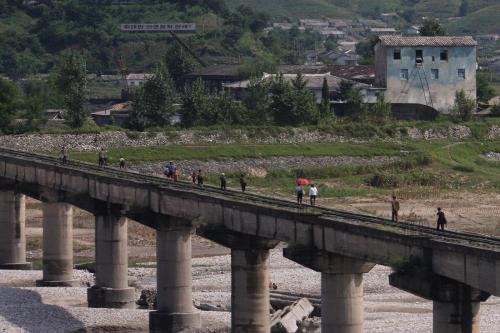
(Roman Harak - North Korea. Long Way Home)
Celebration in Korean lunar calendar:
1 Day of 1 Month – Seollal (Korean New Year).
15 Day of 1 Month – Daeboreum.
3 Day of 3 Month – Samjinnal.
105 Day after Winter Solstice – Hansik.
8 Day of 4 Month – Chopail.
5 Day of 5 Month – Surinal.
15 Day of 6 Month – Yudu.
7 day of 7 Month – Chilseok.
15 Day of 7 Month – Baekjung.
15 Day of 8 Month – Hangawi.
9 Day of 9 Month – Jungyangjeol.
Last Day of 12 Month – Seotdal Geumeum.
 Seasons of the Year
Seasons of the Year 